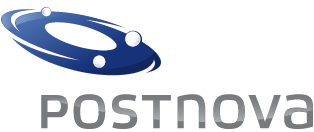Postnova Analytics reports on how the SWAMP ultra-clean research facility* at the University of Alberta (Alberta, Canada) has been using the AF2000 Flow field flow fractionation system coupled to Inductively Coupled Plasma Mass Spectrometry (ICP-MS), UV and fluorescence detectors to characterise trace metal colloid distribution in the environment.
The accurate measurement of trace elements in the environment requires specialised techniques and conditions for sample collection, handling and analysis because their concentrations are often very low. If these techniques are not used, then samples can become easily contaminated. The key analytical challenges in measuring nanoparticles and dissolved metals in the environment are separating them into the different sizes/species that govern their various levels of bioavailability and performing the separation in a nondestructive fashion, so that the measured speciation reflects the original condition of the sample.
The SWAMP lab at the University of Alberta is a metal-free, ultraclean research facility, purpose-built for analysing trace elements at low concentrations in Soils, Water, Air, Manure, and Plants. Created by Professor William Shotyk, Bocock Chair for Agriculture and the Environment, the SWAMP facility supports research in the Department of Renewable Resources by analysing the concentration and speciation of trace elements in complex natural media. The SWAMP lab also conducts cutting-edge research in Analytical Geochemistry by developing innovative methods to extract and quantify trace element concentrations, and to measure the size distribution of their dominant species with minimal disruption to their natural form.



